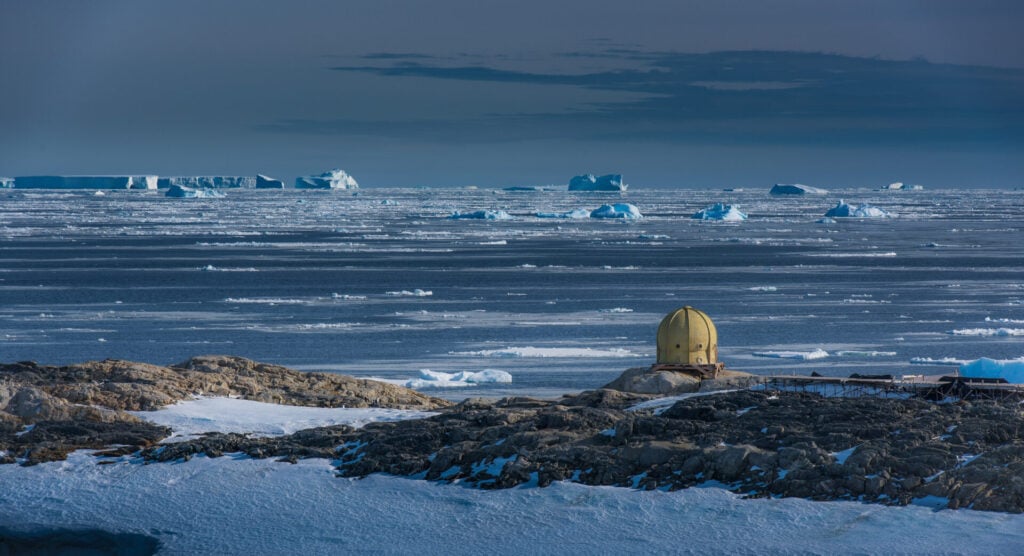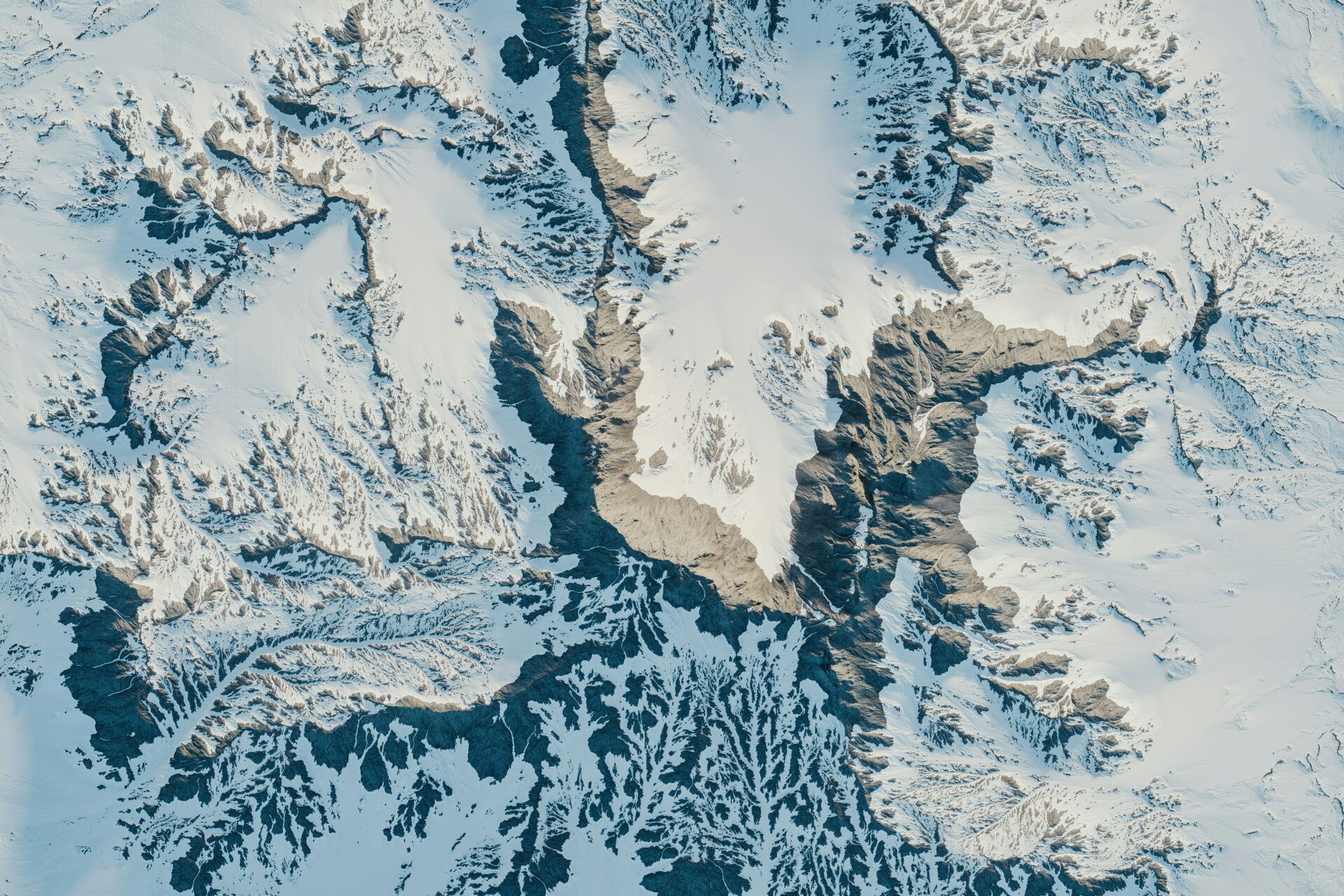A lost world of ancient forest, untouched for more than 34 million years, has been discovered buried beneath two kilometres of ice in a remote region of Antarctica.
The astonishing discovery is located in Wilkes Land, a part of East Antarctica and located deep inland, far from the coastline. It was found using satellite data and ice-penetrating radar, and as well as woodland had rivers, lakes and possibly even palm trees, as pollen has been identified nearby.
‘It’s like uncovering a time capsule,’ said Professor Stewart Jamieson, lead author of the study from Durham University.
What Lies Beneath
Tens of millions of years ago, as the continents gradually shifted, Antarctica drifted toward the South Pole.
This movement helped form a powerful ocean current around the continent, isolating it from warmer waters. At the same time, atmospheric carbon dioxide levels dropped, cooling the planet. These factors combined to form massive ice sheets.
‘The land underneath the East Antarctic ice sheet is less well-known than the surface of Mars
‘The land underneath the East Antarctic ice sheet is less well-known than the surface of Mars,’ said Jamieson. ‘We’re investigating a small part of that landscape in more detail to see what it can tell us.’
The study identified three massive blocks of elevated ground, each measuring between up to 180 km by 80 km, separated by valleys as wide as 45km and one kilometre deep.

Unlike many glaciers that grind down the terrain beneath them, the ice in this part of East Antarctica is extremely cold and slow-moving, which has preserved the landscape
‘It is remarkable that this landscape, hidden in plain sight for many years, can tell us so much about the early and long-term history of the East Antarctic ice sheet,’ said Neil Ross, professor of environmental geophysics at Newcastle University and a co-author of the study.
‘It also helps us understand how it might evolve in response to future climate change.’
Researchers used satellite imagery to detect subtle surface bumps and ran computer models to trace how the landscape has shifted over time.
‘What we find is an ancient land surface that has not been eroded by the ice sheet, and instead it looks like it was created by rivers before the ice came along,’ said Jamieson.
Roughly 14 million years ago, the expanding East Antarctic Ice Sheet engulfed the area in ice.
Jamieson added: ‘We’ll continue exploring the landscape, doing our best to fill in gaps where surveys don’t exist,and using that information to understand how the ice sheet and its underlying landscape have changed over their long history.’









